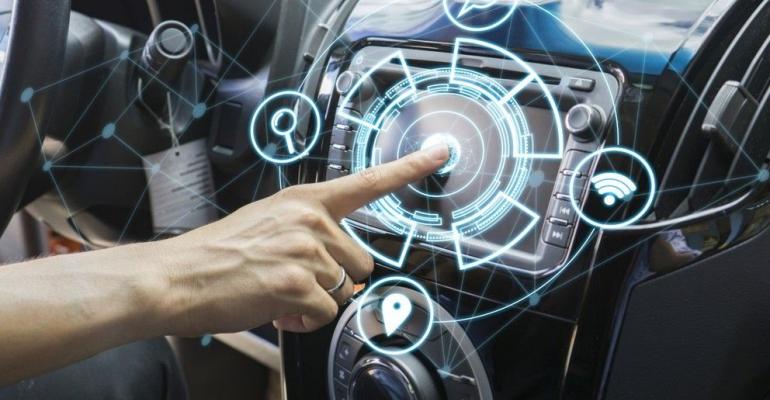More people need to concede machines can outperform humans, at least in some tasks, for self-driving cars to hit the streets, Penn State researchers say.
In a survey, they found people who had no trouble believing machines can outperform humans are more likely to accept the presence of driverless cars on the highway.
The researchers also found the men in the survey were more likely than women to accept autonomous cars, while liberals were significantly more accepting than conservatives.
The researchers also found certain beliefs and assumptions will lower acceptance of self-driving cars. The fear that autonomous cars are dangerous, or the idea they are just creepy, significantly increased the likelihood a person would not accept them.
For the survey, the researchers recruited 404 participants through Amazon’s Mechanical Turk, an online crowdsourcing website frequently used in studies.
Professor S. Shyam Sundar of Penn State’s Institute for CyberScience (below, left), says the findings may help automakers design self-driving cars. They also could help policymakers better understand the factors behind the acceptance of autonomous vehicles – a concept he says has caused considerable debate.
“There are two camps – one camp is very strongly in favor of these kinds of smart technologies, such as self-driving cars, and the other, which has grave concerns about giving control to machines, especially for vital tasks like this,” Sundar says in a news release.
Some people, he says, have a knee-jerk reaction that gives them faith in the effectiveness of computers and machines. That faith carries over to systems that can drive cars.
Andrew Gambino, a doctoral candidate in mass communication and lead author of the study, says it shows the strongest predictor for accepting self-driving cars was posthuman ability – the belief that computers can surpass humans in this particular task.
“We have come to a point now where we should no longer be talking about machines approximating humans in their ability, but, rather, outperforming humans,” he says. “In the sense of safety, in reliability, in doing tasks without becoming tired, there are many arguments to be made that machines have transcended human abilities.”
Posthuman ability had about twice the effect on acceptance of self-driving cars as other beliefs found significant in the survey, such as the idea that self-driving cars are cool, or a person’s general openness toward new technologies.
The researchers say the strength of the posthuman effect may allow designers to re-envision the interiors of self-driving cars. Steering wheels, standard in cars for more than a century, could be eliminated to make room for interactive devices or interfaces.
“Designers may need to think in a different way,” Sundar says. “For example, there’s no need to design in-car and dashboard interfaces based on what a human driver would normally use.
 “Keep in mind, the participants also say they like the agency and convenience of autonomous vehicles and they do like the fun aspect as well, so the designer might want to add features on the dashboard that can bump up those things, including gamifying the transportation experience.”
“Keep in mind, the participants also say they like the agency and convenience of autonomous vehicles and they do like the fun aspect as well, so the designer might want to add features on the dashboard that can bump up those things, including gamifying the transportation experience.”
In lieu of traditional features and design elements that involve human interaction with the automobile – such as manual-transmission clutch, pedals and handbrakes – this space might be better utilized by systems that improve communication between the user, automobile and connected automobiles, Gambino says.
“A graphical user interface that is tailored to self-driving cars might include information that visually situates the vehicle within the entire transportation system, showing other vehicles, speed, traffic, accidents and risk areas,” he says.
“The removal of traditional features may heighten a sense of danger, but the design of interactive features that enhance driver agency and communicate the ability of self-driving cars may be practical solutions to improving their acceptance.”





